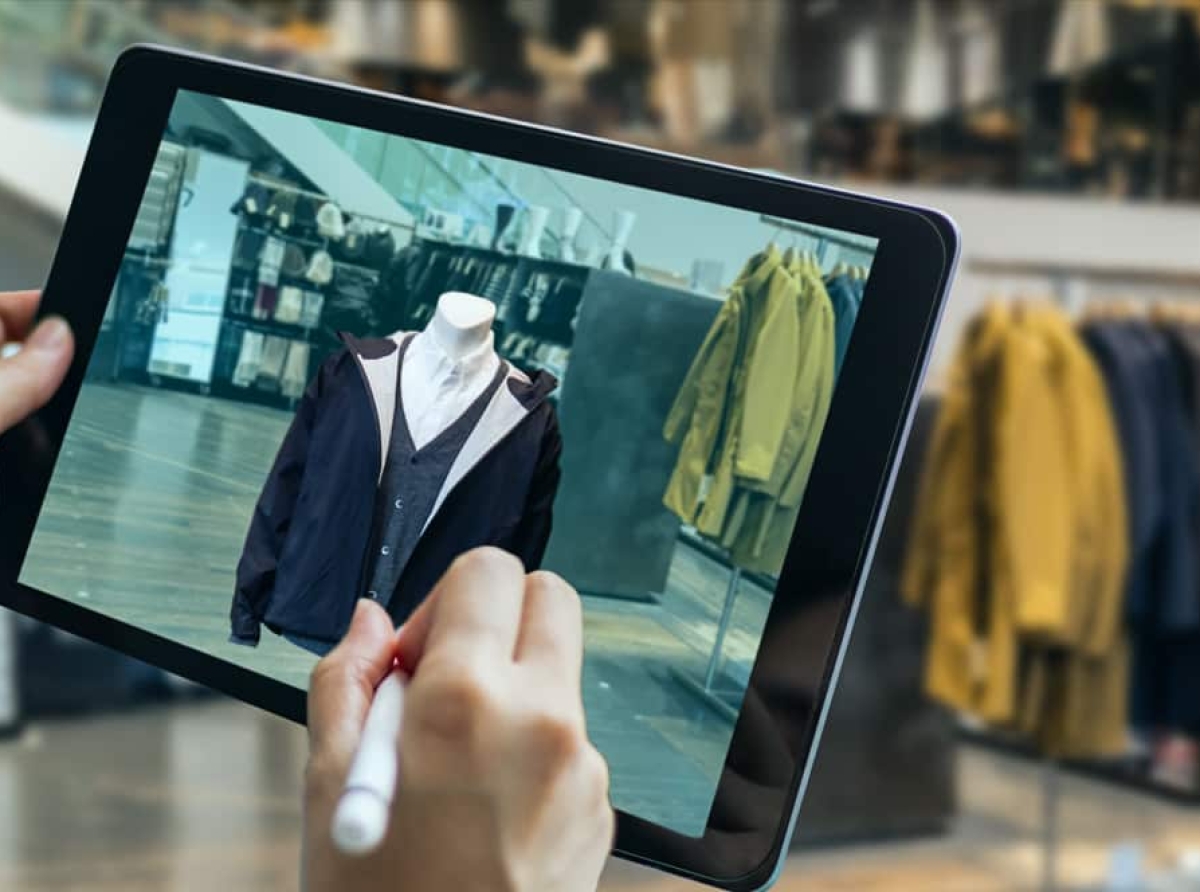12 September 2023, Mumbai
Technology is transforming the fashion industry, with new innovations emerging all the time. Three key trends that are driving this change are AI-generated fashion, immersive fashion, and wearable robotics.
AI-generated fashion uses artificial intelligence to create new designs. AI algorithms can analyze large amounts of data on fashion trends, historical styles, and customer preferences to generate original ideas.
This allows human designers to collaborate with AI to create even more innovative and creative designs.
Emerging-tech
Immersive fashion uses virtual reality (VR) and augmented reality (AR) to create new ways for consumers to experience fashion. VR allows users to enter a digital world where they can interact with clothing and accessories in a realistic way.
AR allows users to overlay digital clothing on their own bodies to see how it would look. Immersive fashion makes shopping more convenient and fun, and it can also help consumers make more informed purchase decisions.
Wearables
Wearable robotics are garments that incorporate robotic technology. These garments can provide support, enhance performance, or offer health benefits. For example, robotic clothing could be used to improve posture, reduce pain, or even help people with disabilities.
Wearable robotics has the potential to revolutionize the fashion industry, making clothing more functional and beneficial to wearers.
These are just a few of the ways that technology is shaping the future of fashion. As technology continues to evolve, we can expect to see even more innovative and creative ways to use technology in fashion.
Here are some additional thoughts on how technology is shaping the future of fashion:
- Blockchain technology is being used to create more sustainable and transparent supply chains. This will help to reduce waste and ensure that fashion products are made ethically.
- 3D printing is making it possible to create custom-made clothing at a lower cost. This will make fashion more accessible to everyone.
- Internet of Things (IoT) is connecting clothing to the internet, allowing it to collect data and interact with other devices. This could lead to clothing that can adapt to its environment or provide health monitoring.
Way forward; The future of fashion is full of possibilities, and technology is playing a major role in shaping it. We can expect to see even more innovative and exciting ways to use technology in fashion in the years to come.
Gist
Technology is revolutionizing the fashion industry, and the possibilities are endless. Emerging tech like AI-generated fashion, immersive fashion, and wearable robotics are changing the game.
AI-generated fashion uses artificial intelligence to create new designs by analyzing data on fashion trends, historical styles, and customer preferences.
This allows human designers to collaborate with AI to create even more innovative and creative designs. Immersive fashion, on the other hand, uses virtual reality (VR) and augmented reality (AR) to create new ways for consumers to experience fashion.
VR allows users to enter a digital world where they can interact with clothing and accessories, while AR allows users to overlay digital clothing on their own bodies to see how it would look.
This makes shopping more convenient and fun, and it can also help consumers make more informed purchase decisions.
Wearable robotics is another emerging tech that's making waves in the fashion industry.
Garments that incorporate robotic technology can provide support, enhance performance, or offer health benefits. For example, robotic clothing could be used to improve posture, reduce pain, or even help people with disabilities. This has the potential to revolutionize the fashion industry, making clothing more functional and beneficial to wearers.
But that's not all. Blockchain technology is being used to create more sustainable and transparent supply chains, helping to reduce waste and ensure that fashion products are made ethically. 3D printing makes it possible to create custom-made clothing at a lower cost, making fashion more accessible to everyone.
And the Internet of Things (IoT) connects clothing to the internet, allowing it to collect data and interact with other devices.
This could lead to clothing that can adapt to its environment or provide health monitoring.
The future of fashion is bright, and technology is playing a major role in shaping it. We can expect to see even more innovative and exciting ways to use technology in fashion in the years to come.

























